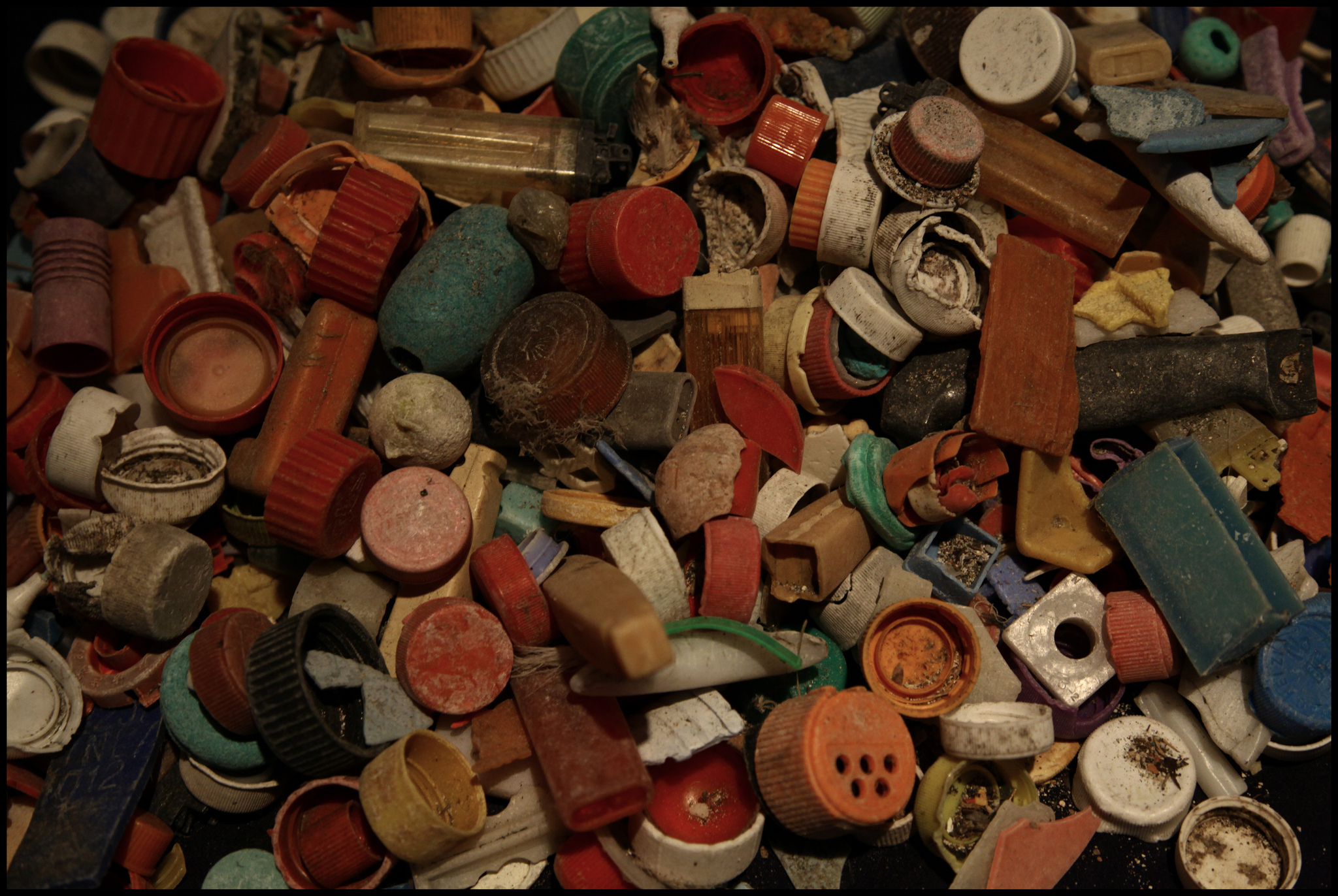To date, the world has produced more than five billion tons of plastic and is making more all the time. Based on the way things are currently done, most of that will end up in landfills or in the natural environment. By 2050, the amount of plastic is expected to exceed 13 billion tons. This is one of the world’s biggest environmental problems.
Recently, an international collaboration by universities and institutions in the UK, China, and Saudi Arabia has developed a method of converting plastic waste into hydrogen gas and high-value solid carbon.
The technique was achieved with a new type of catalysis that uses microwaves to activate catalyst particles that effectively strip hydrogen from plastic polymers. The work was recently published in the journal Nature Catalysis and details how the researchers mixed mechanically pulverized plastic particles with a microwave-susceptor catalyst of iron oxide and aluminum oxide. That mixture was then subjected to microwave treatment and yielded a large volume of hydrogen gas and a residue of carbonaceous material, most of which was identified as carbon nanotubes.
The process is more rapid than most methods for dealing with plastic waste and can extract over 97% of the hydrogen in plastic without producing any carbon dioxide emissions.
The new method represents an attractive potential solution to the problem of plastic waste. Instead of polluting the planet, plastics could become a valuable feedstock for producing clean hydrogen fuel as well as valuable carbon materials. Proponents of the so-called hydrogen economy have continued to seek a green and economical way to produce hydrogen. This new work might be just what they are looking for.
**********
Web Links
Turning plastic waste into hydrogen and high-value carbons
Photo, posted April 21, 2007, courtesy of Redwin Law via Flickr.
Earth Wise is a production of WAMC Northeast Public Radio.


